Spice Up Your Life: A Flavorful Journey Through Mexican Food
Table of Contents
Introduction to Mexican Food
Mexican food is a vibrant and rich culinary tradition that has captivated taste buds around the world. It's more than just tacos and enchiladas; it's a celebration of flavor, culture, and history. From the smoky depths of mole to the bright tang of salsa, what is Mexican food? It's a complex tapestry of ingredients, techniques, and stories that reflect the diverse regions of Mexico.
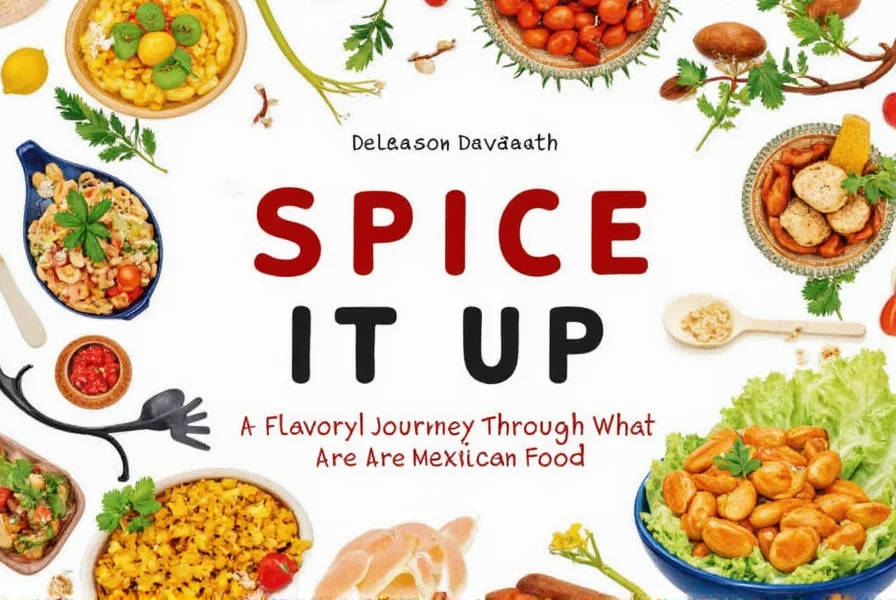
The Flavor Profile of Mexican Cuisine
What is Mexican food if not a symphony of flavors? Mexican cuisine is known for its bold use of spices, fresh herbs, and a balance of sweet, sour, salty, and spicy elements. The key to its appeal lies in the harmony of these flavors, creating dishes that are both comforting and exciting.
One of the most iconic aspects of Mexican food is its use of chili peppers, which range from mild to extremely hot. These peppers add depth and complexity to dishes like tamales, chiles rellenos, and guacamole. Alongside them, you'll find a variety of other ingredients such as tomatoes, onions, garlic, and lime, which contribute to the overall flavor profile.
Key Elements of Mexican Flavor
- Chili Peppers: Add heat and depth.
- Lime: Provides a bright, acidic note.
- Cilantro: Adds freshness and aroma.
- Garlic and Onion: Form the base of many salsas and sauces.
- Tomatoes: Used in salsas, stews, and sauces.
Common Spices in Mexican Cooking
The spice cabinet of a Mexican kitchen is a treasure trove of flavor. While some spices are used in moderation, others are central to the identity of the cuisine. Let's take a closer look at some of the most commonly used spices in Mexican cooking.
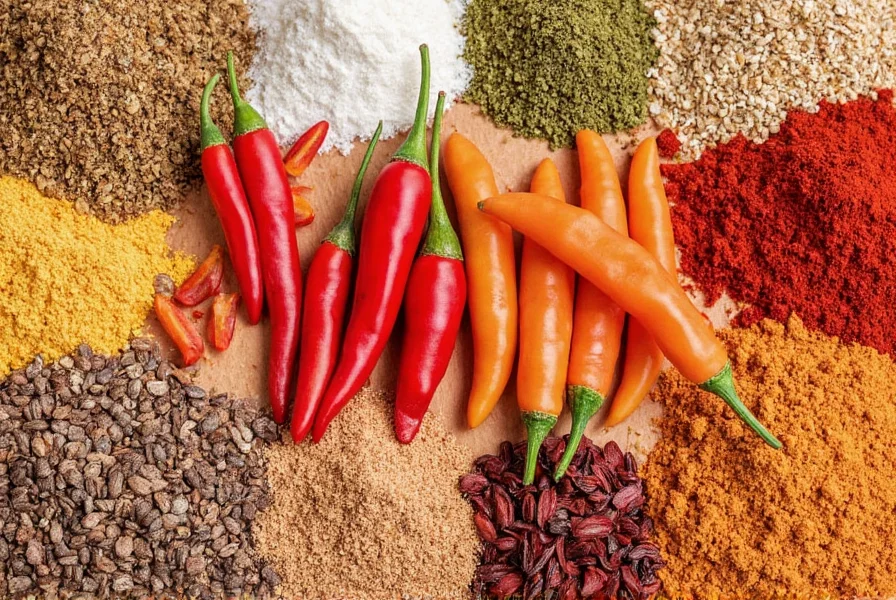
Popular Mexican Spices
| Spice | Description | Flavor Profile |
|---|---|---|
| Ancho Chile | Dried poblano pepper | Earthy, sweet, and slightly smoky |
| Poblano | Mild green chili | Mildly spicy with a grassy flavor |
| Jalapeño | Medium-sized chili | Mild to medium heat with a crisp texture |
| Chipotle | Smoked jalapeño | Smoky, spicy, and slightly sweet |
| Cumin | Warm, earthy, and slightly nutty | Used in salsas, stews, and marinades |
| Oregano | Strong, aromatic herb | Used in soups, stews, and meat dishes |
Practical Tips for Cooking Mexican Food
If you're eager to explore what is Mexican food, here are some practical tips to help you get started:
- Use Fresh Ingredients: Fresh herbs, ripe tomatoes, and high-quality cheeses make a huge difference in the final dish.
- Master the Salsa: Salsa is the heart of many Mexican dishes. Experiment with different types—green, red, chunky, or smooth—to find your favorite.
- Don't Skip the Lime: A squeeze of lime can transform a dish, adding brightness and balance.
- Experiment with Heat: Start with milder chilies and gradually introduce hotter varieties to build your tolerance.
- Try Different Cooking Techniques: Grilling, roasting, and frying all bring out unique flavors in Mexican cuisine.
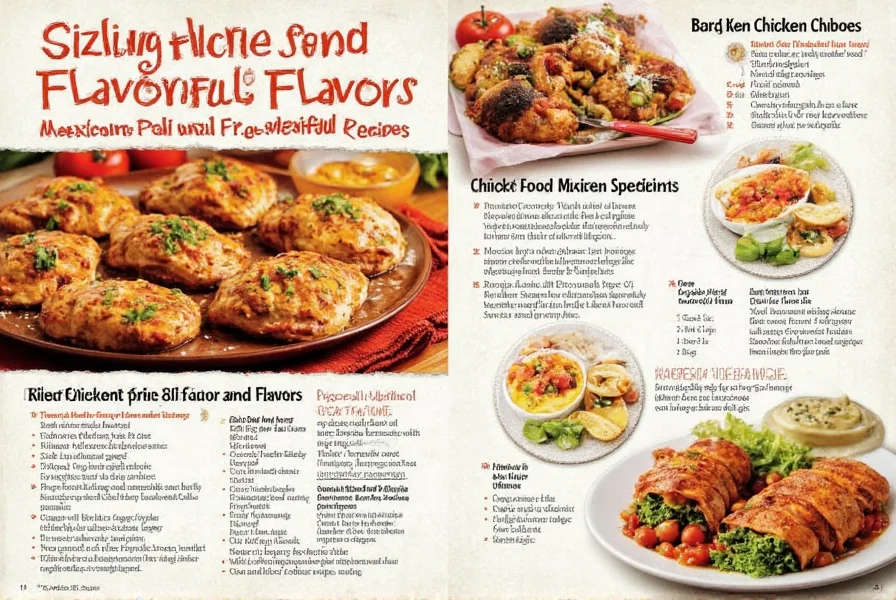
Buying Guide for Mexican Ingredients
When exploring what is Mexican food, having the right ingredients on hand is essential. Here's a guide to help you choose the best products for your kitchen:
Top Picks for Mexican Cooking
1. Ancho Chile Powder
Features: Made from dried ancho chilies, this powder adds a rich, smoky flavor to dishes.
Advantages: Versatile and easy to use in sauces, rubs, and marinades.
Use Cases: Ideal for making mole, enchilada sauce, or enhancing the flavor of grilled meats.
Target Audience: Home cooks and professional chefs who want to infuse their dishes with authentic Mexican flavor.
Suitable Occasions: Weeknight dinners, holiday feasts, or special occasions.
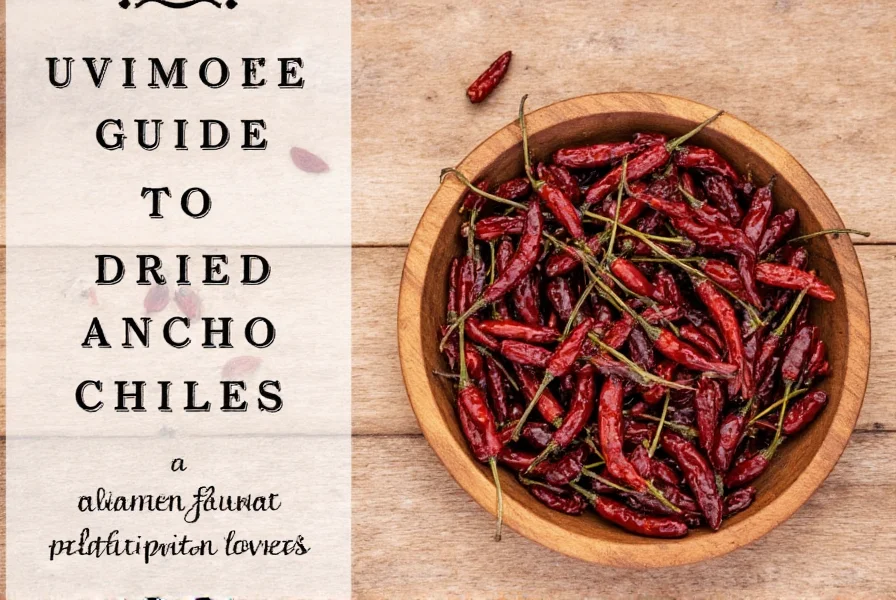
2. Organic Cumin Seeds
Features: High-quality cumin seeds with a warm, earthy aroma.
Advantages: Enhances the depth of flavor in stews, soups, and meat dishes.
Use Cases: Great for making tacos, enchiladas, or seasoning grilled vegetables.
Target Audience: Health-conscious individuals and those seeking natural, organic ingredients.
Suitable Occasions: Everyday meals, family gatherings, or casual get-togethers.
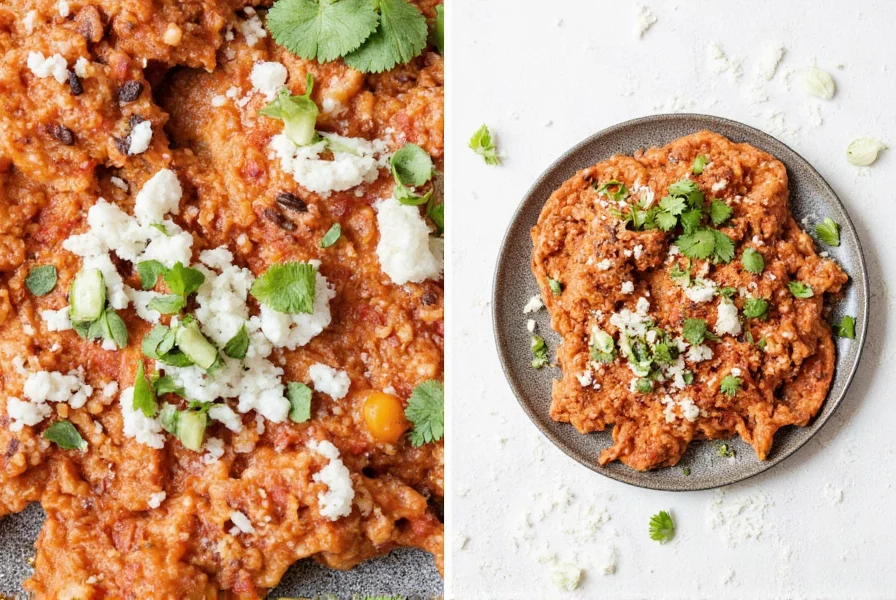
3. Fresh Oregano
Features: Vibrant green leaves with a strong, aromatic scent.
Advantages: Adds a burst of flavor to salsas, soups, and baked dishes.
Use Cases: Perfect for topping pizzas, salads, or mixing into homemade salsas.
Target Audience: Gardeners and home cooks who value fresh, local produce.
Suitable Occasions: Casual dinners, potlucks, or summer barbecues.
4. Mexican Cheese Blend
Features: A mix of cheeses like queso fresco, cotija, and Oaxaca.
Advantages: Provides a creamy, salty, and savory flavor to dishes.
Use Cases: Ideal for toppings on tacos, nachos, or in cheese-stuffed enchiladas.
Target Audience: Anyone looking to elevate their Mexican-inspired meals.
Suitable Occasions: Game nights, family dinners, or weekend brunches.
5. Mexican Tortilla Wrap
Features: Soft, pliable wraps made from corn or wheat flour.
Advantages: Easy to fill with various ingredients and perfect for quick meals.
Use Cases: Great for making burritos, fajitas, or loaded tacos.
Target Audience: Busy individuals and families who want healthy, customizable meals.
Suitable Occasions: Lunchtime, snack time, or after-school meals.
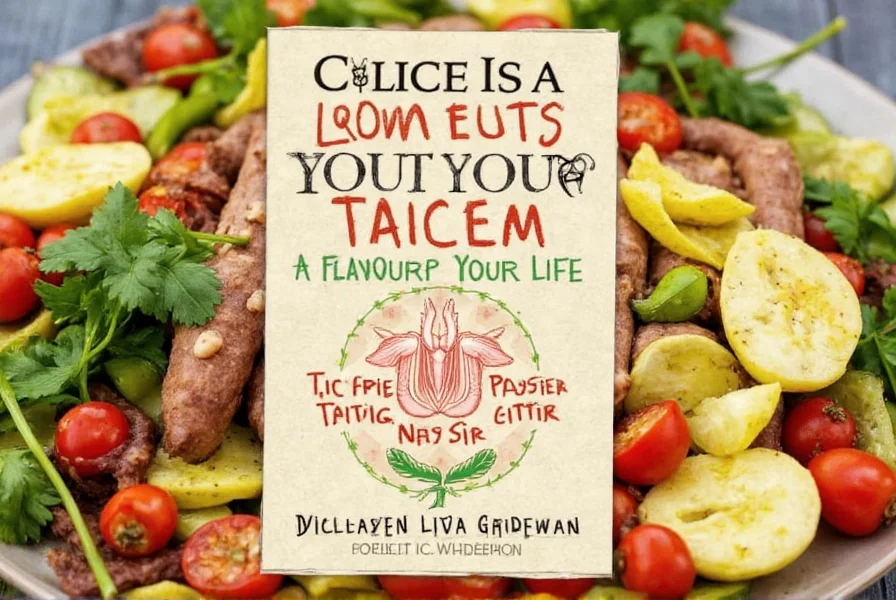
Conclusion
In conclusion, what is Mexican food? It's a dynamic and flavorful cuisine that reflects the rich cultural heritage of Mexico. With its diverse range of ingredients, spices, and cooking techniques, Mexican food offers something for everyone. Whether you're a seasoned cook or a curious beginner, there's always something new to discover in the world of Mexican cuisine.
By experimenting with traditional recipes and incorporating authentic ingredients, you can bring the essence of Mexican food into your own kitchen. So, grab your apron, gather your spices, and let your taste buds embark on a journey through the vibrant flavors of Mexico!
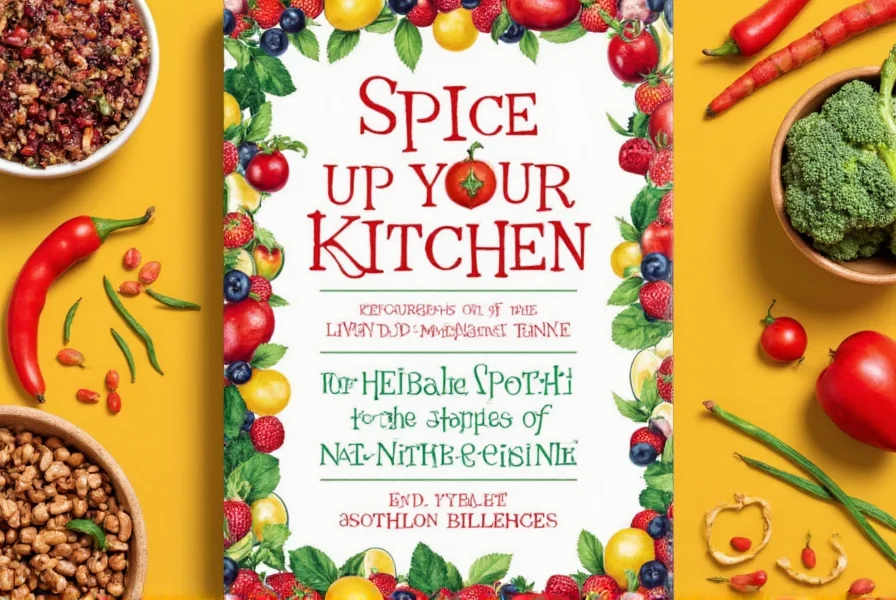










 浙公网安备
33010002000092号
浙公网安备
33010002000092号 浙B2-20120091-4
浙B2-20120091-4